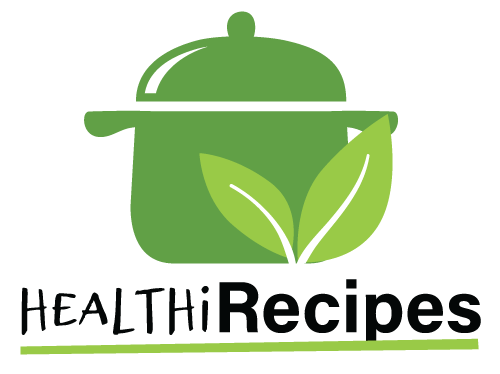Hey there! Amelia here, and I’m about to share a recipe that’s totally transformed my morning routine (and my family’s breakfast enthusiasm levels!). If you’re tired of the same old breakfast options, this Hawaiian Breakfast creation is about to become your new favorite way to start the day.
Why This Hawaiian Breakfast Fried Rice Will Brighten Your Morning
You know those mornings when you want something a little different? Something that makes you feel like you’re on vacation without leaving your kitchen? That’s exactly what inspired me to create this recipe. As a nutritionist and busy mom, I’m always looking for ways to make breakfast both exciting and nutritious, and this Hawaiian-inspired dish checks all the boxes!
What You’ll Need
For the Base:
- 2 Tbsps avocado oil, unrefined coconut oil, or olive oil (divided)
- 3 large eggs, beaten
- 3 cups cooked brown rice
- 1/3 cup coconut aminos
- 2 Tbsps fresh lime juice
The Colorful Cast:
- 1/2 small head broccoli, cut into very small florets
- 2 medium carrots, diced small
- 3 fresh garlic cloves, minced
- 1/4 medium fresh pineapple, cut into 1/2-inch cubes
- 2 red bell peppers, diced small
The Finishing Touches:
- 3 green onions, sliced
- 1 Tbsp sesame seeds
- Sea salt and freshly ground black pepper, to taste
Let’s Make Some Magic!
- First things first (and this is where the morning magic begins), heat 1 Tablespoon of oil in your largest skillet or wok over medium heat. Pour in those beaten eggs and let’s get this party started!
- Here’s a little egg-cooking trick I learned from my grandmother: As they begin to set, gently push the cooked edges toward the center, letting the uncooked egg flow to the sides. Once set, transfer to your cutting board and give them a quick chop.
- Now, let’s add some color to our morning! In that same skillet, heat the remaining oil over medium-high heat. Toss in your broccoli and carrots – these little gems need about 5 minutes to become tender and bright.
- Here comes the tropical twist! Add your garlic, pineapple, and bell pepper. Let everything dance together for another 3-4 minutes until the veggies are tender but still have a little bite.
- Time for the grand finale! Add your rice, those lovely chopped eggs, coconut aminos, and a splash of fresh lime juice. Give everything a gentle stir until it’s all warm and wonderful.
- Finish with a sprinkle of green onions and sesame seeds, then season to taste with sea salt and pepper.
Tips from My Kitchen to Yours
- Meal Prep Magic: Cook your rice the night before! Cold rice actually makes for better fried rice – it’s one of those cooking secrets that makes morning prep a breeze.
- Pineapple Pointer: If fresh pineapple isn’t available, canned will work in a pinch. Just make sure to drain it well!
- Make It Your Own: This recipe is super flexible. Got some leftover roasted vegetables? Throw them in! Need it gluten-free? The coconut aminos have got you covered!
Storage and Leftovers
This Hawaiian Breakfast Fried Rice keeps beautifully in the fridge for up to 3 days. I often make a double batch on Sunday for easy reheating throughout the week. Just store it in an airtight container and give it a quick zap in the microwave when you’re ready to enjoy it again.
Your Questions Answered
Can I use white rice instead of brown?
Absolutely! While I love the nutty flavor and extra nutrients in brown rice, white rice works perfectly too.
Is this kid-friendly?
You bet! My kids actually call this “vacation breakfast” because it reminds them of our trip to Hawaii. The pineapple adds just enough sweetness to make it appealing to little ones.
Can I make this vegetarian?
Of course! Skip the eggs and add some cubed tofu for protein.
Remember, breakfast doesn’t have to be boring – sometimes it can feel like a mini vacation right in your own kitchen! If you try this recipe, I’d love to hear how it turned out. Drop me a comment below or tag @healthi_recipes on Instagram with your creation!
Stay healthy and happy cooking!
xo, Amelia

